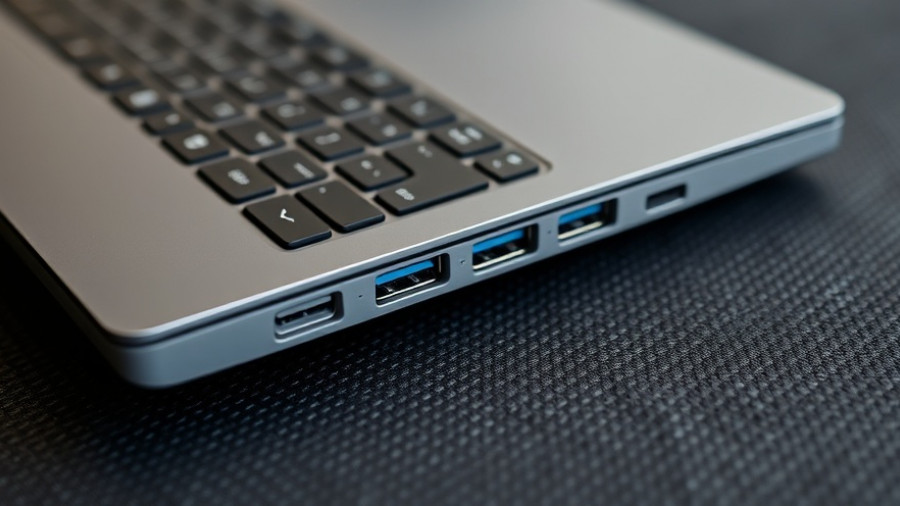
The USB-C Dilemma: Perfected for Portability, Lacking in Desktops
USB-C has undeniably changed the landscape of technology, particularly in the realm of portable devices like laptops, smartphones, and tablets. Boasted for its multifunctionality—including video, audio, and data transfer—it aims to simplify our electronic connections. However, when it comes to desktop PCs, the reality is considerably less favorable. Unlike laptops which have embraced USB-C for their dainty size, desktops seem to shrug off the need for just one versatile port.
A Look Back: The Port Revolution
Picture the pre-USB-C days: devices flaunting an array of ports like HDMI, USB-A, and even VGA. Laptops were cluttered with connections, while desktops, with their abundant real estate, could comfortably accommodate multiple specialized ports without feeling cramped. With the rise of USB-C, laptop designs have streamlined, with manufacturers offering sleek devices that often harbor only USB-C ports and maybe an audio jack. On desktops, however, this reduction in port variety feels unnecessary. Space isn’t at a premium, and high-end motherboards consistently feature ample USB-A, Ethernet, and even multiple video ports for GPUs.
Why Desktops Aren't on the USB-C Bandwagon
For desktops, the convenience of USB-C starts to fade. While the technology offers incredible data transfer speeds, many peripherals still rely on traditional connections. Keyboards, mice, and webcams typically use USB-A plugs, while monitors often stick to HDMI or DisplayPort. This specialized dependency reduces the appeal of adopting USB-C widely in desktop environments. High-capacity file transfers may benefit from USB-C’s speed, yet that remains the only convincing reason for many users to install a USB-C port in their desktop setups.
What Does This Mean for Business Owners?
For hands-on business owners and managers, understanding the USB-C situation is essential. While investing in modern technology can enhance operations, it's vital to evaluate your specific needs. If your desktop environment is packed with potential upgrades and peripherals that still utilize USB-A or specialized connectors, doubling down on USB-C may not be necessary for optimal performance. Consider your current equipment and the future capabilities you require before making hardware upgrades. By staying informed, you'll ensure that any investments truly enhance your workspace.
 Add Row
Add Row  Add
Add 










Write A Comment